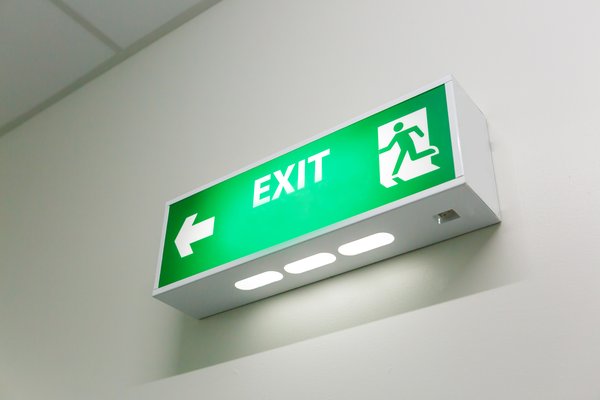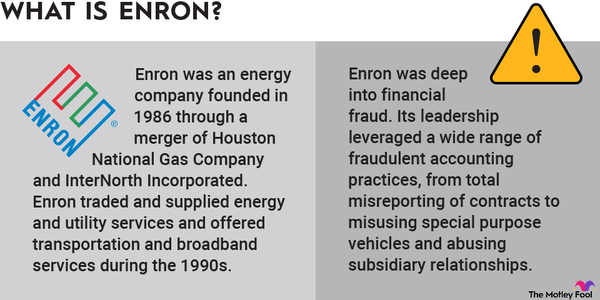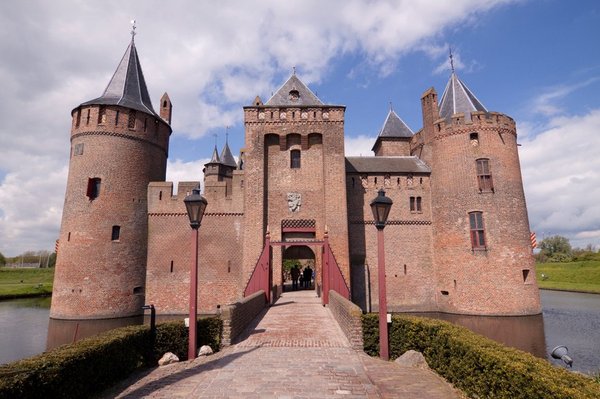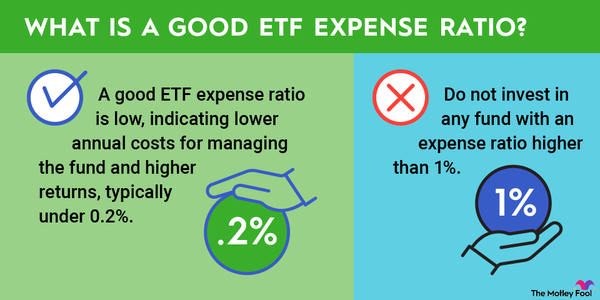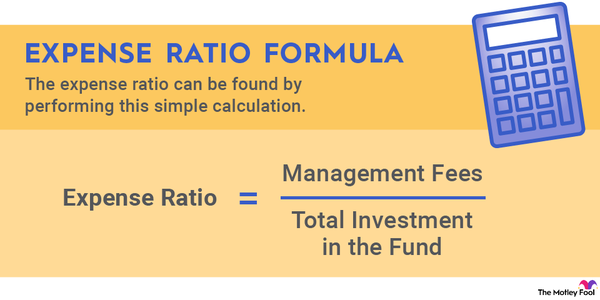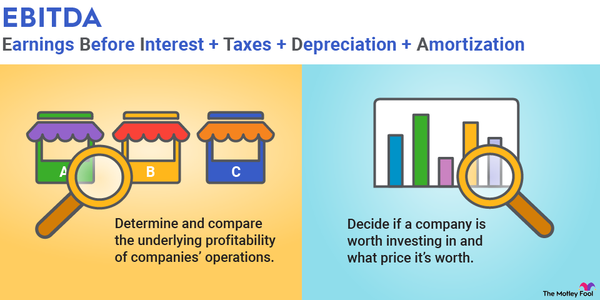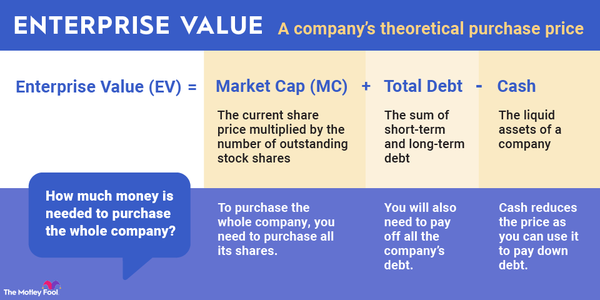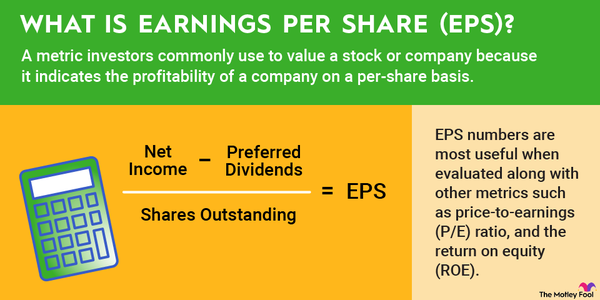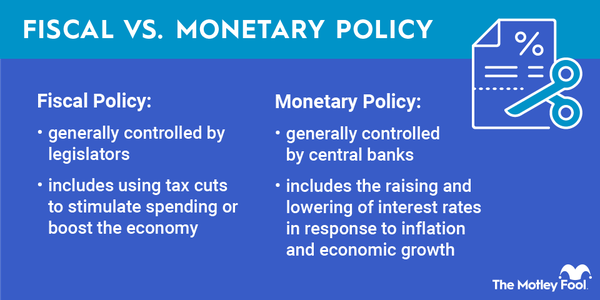eVTOL stands for electric vertical takeoff and landing, referring to aircraft powered by electricity that can take off and land vertically like a helicopter. They are sometimes referred to as air taxis or flying taxis. eVTOLs use electric motors instead of traditional combustion engines, making them quieter and less polluting.
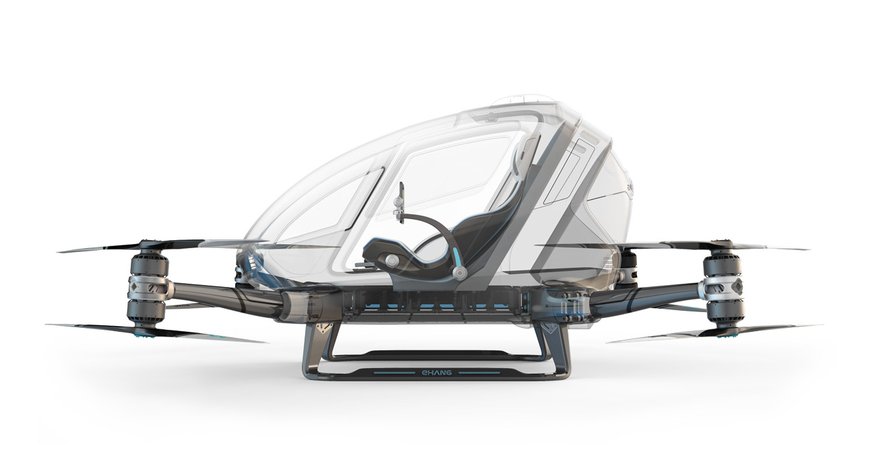
They can take off and land straight up and down, without needing a long runway. eVTOLs are being developed for use in urban areas for commuting and intracity travel, which could potentially reduce traffic congestion and pollution. There are different types of eVTOL designs and a wide range of potential applications for eVTOL usage.
What they are
What are eVTOL aircraft?
eVTOL aircraft use electric motors to power rotors or propellers, enabling them to take off and land vertically. eVTOLs' electric motors are driven by batteries, typically lithium-ion.
Battery technology is crucial for eVTOL development, affecting range, payload, and overall efficiency. Some eVTOL designs are exploring hybrid options to extend range. eVTOLs rely on semi- or fully autonomous computer systems for flight control.
Some designs allow for pilot input, while others are designed to be operated with minimal pilot intervention. Distributed electric propulsion allows for redundancy in the event of motor failure. Many eVTOLs are designed with self-driving capabilities to enhance safety.
How they work
How do eVTOL aircraft work?
eVTOL aircraft are broadly categorized by their thrust type: multirotor, lift + cruise, tiltrotor, and vectored thrust. Each type utilizes different propulsion systems to achieve vertical takeoff and landing, and some also incorporate horizontal flight capabilities:
- Multirotor eVTOLs use multiple rotors (fixed propellers) to generate lift, similar to a helicopter. They are often designed for urban air mobility applications.
- Lift + cruise eVTOLs have dedicated lifting rotors for vertical flight and forward-facing propellers for cruising. They offer a balance between vertical and horizontal performance. Tiltrotor eVTOLs feature rotors that can tilt between vertical and forward flight, allowing for vertical takeoff and landing, as well as horizontal cruising.
- Vectored thrust eVTOLs use engines that can redirect their thrust, enabling both vertical and horizontal flight. eVTOLs can also be categorized by their energy source (i.e., electric/batteries, electric hybrid, electric/hydrogen) and pilot type (i.e., autonomous or piloted).
Potential uses
How will eVTOL aircraft be used?
eVTOLs offer the potential for a new dimension of transportation that combines the benefits of helicopters and airplanes. By using electric propulsion and vertical takeoff and landing capabilities, eVTOLs may reduce traffic congestion, provide quieter and cleaner transportation, and enable efficient point-to-point air travel within and around cities.
Beyond personal transportation, eVTOLs have potential applications in areas such as package delivery, emergency response, and even the military. As eVTOL technology matures and infrastructure develops, it may offer a more cost-effective and efficient transportation alternative.
eVTOLs can be used to access remote or isolated areas, making them useful for medical evacuations, delivery of goods, and other essential services. eVTOLs could also potentially be used for various public services, such as law enforcement surveillance, environmental monitoring, and infrastructure inspection.
Examples
eVTOL aircraft in the real world
Joby Aviation (JOBY -0.07%) is making significant strides toward commercialization, targeting a launch for commercial passenger service in late 2025 or early 2026. Joby has completed the third stage of the Federal Aviation Administration (FAA) certification process, which involves submitting plans for structural, mechanical, and electrical systems.
The company has partnerships with companies that include Toyota (TM -0.28%), which has invested hundreds of millions of dollars to support certification and commercial production, and Virgin Atlantic, which plans to launch air taxi services in the U.K.
Archer Aviation (ACHR -1.57%) planned to launch its first commercial operations in late 2025. The company is focusing on its "Launch Edition" program, targeting premium operators with early access to the Midnight eVTOL aircraft. Abu Dhabi Aviation and Ethiopian Airlines have signed up as its first customers.
Related investing topics
Then there's Chinese eVTOL company EHang Holdings (EH 0.96%). The company is actively commercializing eVTOLs. It has received approval to begin commercial flights in China, including tours and passenger flights, and is working with partners to expand commercial operations.
eVTOLs promise to revolutionize air travel by offering a quieter, faster, and more environmentally friendly way to navigate congested urban areas. They can bypass traffic bottlenecks, potentially reduce travel time, and even reshape how cities are designed. Time will tell whether these aircraft will be adopted and what their potential applications will be.















